Mariasole Maglione (Gruppo Astrofili Vicentini)
Lorenzo Barbieri (CARMELO network and AAB: Associazione Astrofili Bolognesi)
Introduction
April is the first spring month to show prevalent meteoric showers, such as the ancient Lyrids (LYR). Peak activity for 2025 was expected between April 21 and 22. The CARMELO network observed moderate activity, with a slight increase in the night of April 22-23, at the time when the Lyrids were approximately in meridian.
Methods
The CARMELO network consists of SDR radio receivers. In them, a microprocessor (Raspberry) performs three functions simultaneously:
- By driving a dongle, it tunes the frequency on which the transmitter transmits and tunes like a radio, samples the radio signal and through the FFT (Fast Fourier Transform) measures frequency and received power.
- By analyzing the received data for each packet, it detects meteoric echoes and discards false positives and interference.
- It compiles a file containing the event log and sends it to a server.
The data are all generated by the same standard, and are therefore homogeneous and comparable. A single receiver can be assembled with a few devices whose total current cost is about 210 euros.
To participate in the network read the instructions on this page.
April data
In the plots that follow, all available at this page, the abscissae represent time, which is expressed in UT (Universal Time) or in solar longitude (Solar Long), and the ordinates represent the hourly rate, calculated as the total number of events recorded by the network in an hour divided by the number of operating receivers.
In fig.1, the trend of signals detected by the receivers for the month of April.
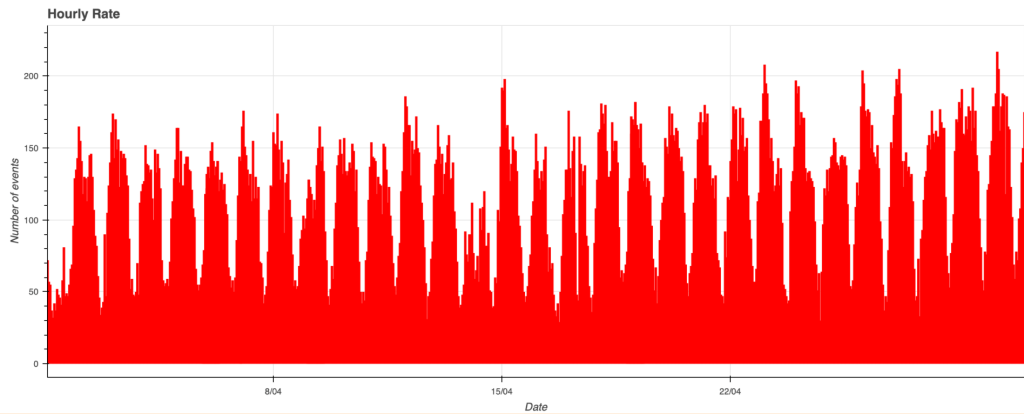
Fig. 1: April 2025 data trend.
Lyrids
Lyrids are an annually active meteoric shower in April, usually peaking around the 22nd of the month. It is one of the oldest showers ever observed, and the shower with the longest continuous historical record, with observations dating back to at least 687 B.C. (1).
The progenitor body was identified in the 19th century as comet C/1861 G1 (Thatcher), which takes about 415 years to make an orbit around the Sun. Meteors from this shower have the constellation Lyra as their radiant, near the bright star Vega. Lyrids are distinguished by their speed (about 49 km/s) and the ability to produce bright, persistent trails across the sky.
Typically, around 15–20 meteors per hour can be observed, but occasionally much higher peaks have been recorded, which were once thought to be associated with the close approach of the parent comet to Earth. However, studies conducted in the late 20th century disproved this direct correlation and suggest that outbursts may instead be linked to dynamical resonances or dense regions of material within the comet’s trail (1).
One of the most intense events was the 1803 outburst, with an estimated hourly rate of about 860, which sparked great astronomical interest. A more recent one occurred in 1982, when up to 90 meteors per hour were recorded (2).
In 2025, the Lyrids’ peak was expected during the night between April 21 and 22. The CARMELO network recorded moderate activity between April 21 and 23, with the highest detection rate on April 23, and a peak at 01:00 UT on April 23, at a solar longitude of 32.80°.
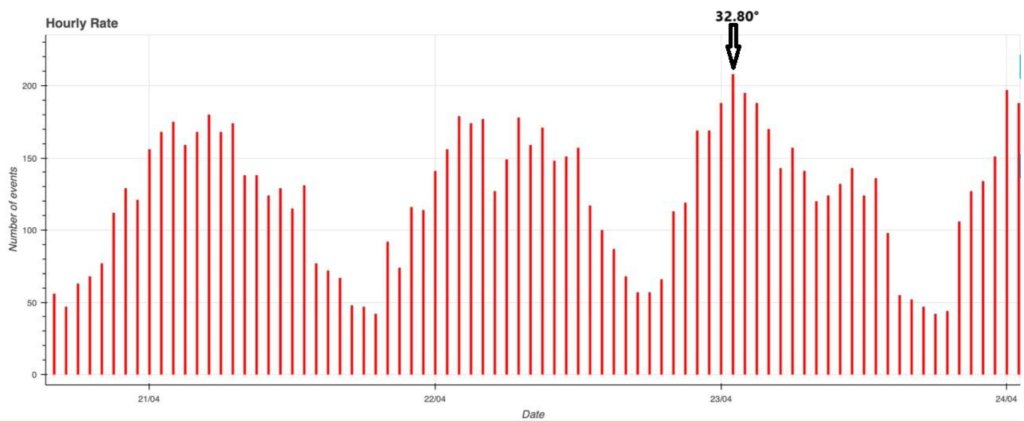
Fig. 2: Hourly rate between April 21 and 24, 2025, with a peak in meteor activity on April 23 at a solar longitude of 32.80°.
The 6 a.m. gap
A recurring anomaly in the data collected by the CARMELO network, already observed in the past with the RAMBO system, is the systematic drop in recorded meteors around 6 a.m. local time in spring—precisely when the theoretical daily maximum in meteor frequency would be expected.
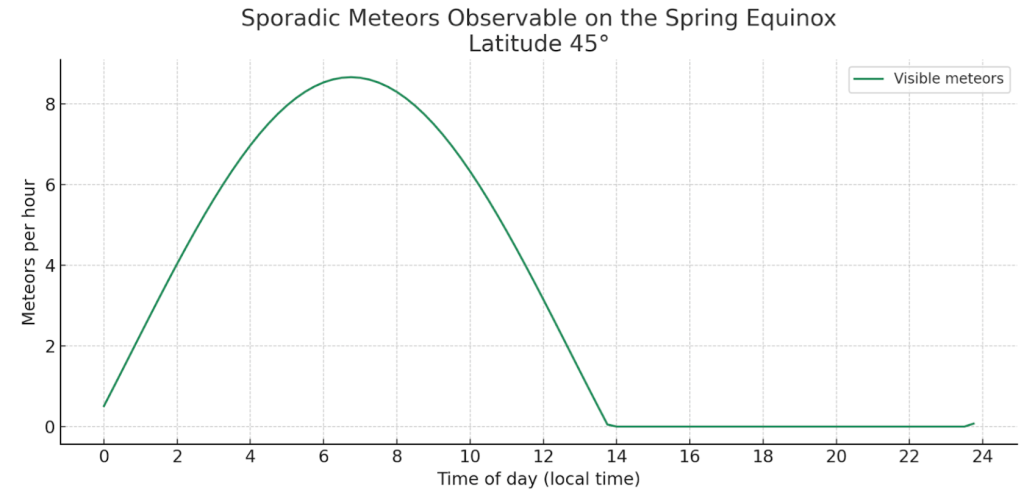
Fig. 3: Expected hourly meteor rate as a function of the time of day, near the spring equinox.
This phenomenon, which we refer to as “the 6 a.m. gap” (see fig. 4), represents an apparent observational paradox that has an interesting explanation.
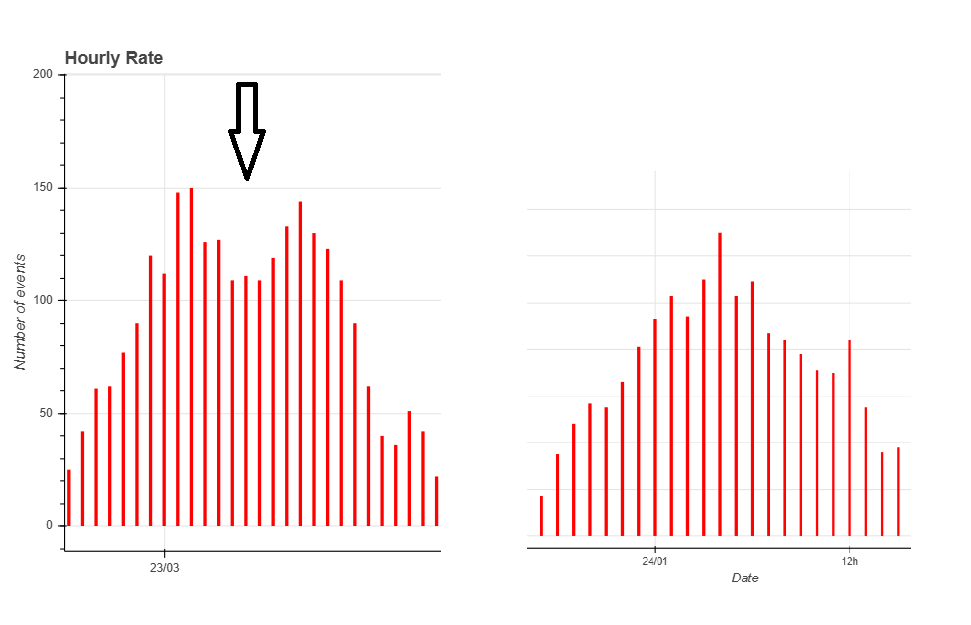
Fig. 4: On the left, hourly event rate recorded by CARMELO in April 2025, clearly showing the “6 a.m. gap”; on the right, data recorded during winter.
According to the model developed by Giovanni Schiaparelli in 1867 (3), the number of meteors observed is not constant throughout the day or the year, but follows regular variations. This occurs due to the combined motion of the Earth, which both rotates on its axis and orbits the Sun. Even if meteors were arriving uniformly from all directions in space (i.e., with an isotropic radiant distribution), the combined effect of the Earth’s velocity and that of the meteoroid particles creates an illusion of concentration: meteors appear to arrive in greater numbers from a specific direction in the sky, known as the apex of the Earth’s motion (see fig. 5).
This point moves across the sky each day in a path similar to that of the Sun and reaches the local meridian around 6 a.m. (true solar time), thereby generating a daily maximum in observed meteor frequency. Symmetrically, the minimum occurs around 6 p.m.
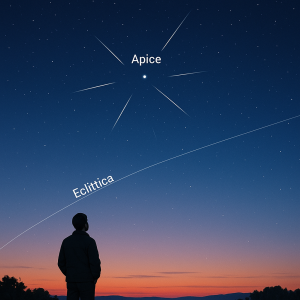
Fig. 5: Representation of the apex of Earth’s motion relative to the ecliptic and the position of an observer on Earth.
Throughout the year, the apex moves along the ecliptic, oscillating in declination: it reaches its maximum values in spring and minimum values in autumn. Thus, in spring, the apex is at high altitudes (70–80° above the horizon) during its morning meridian transit.
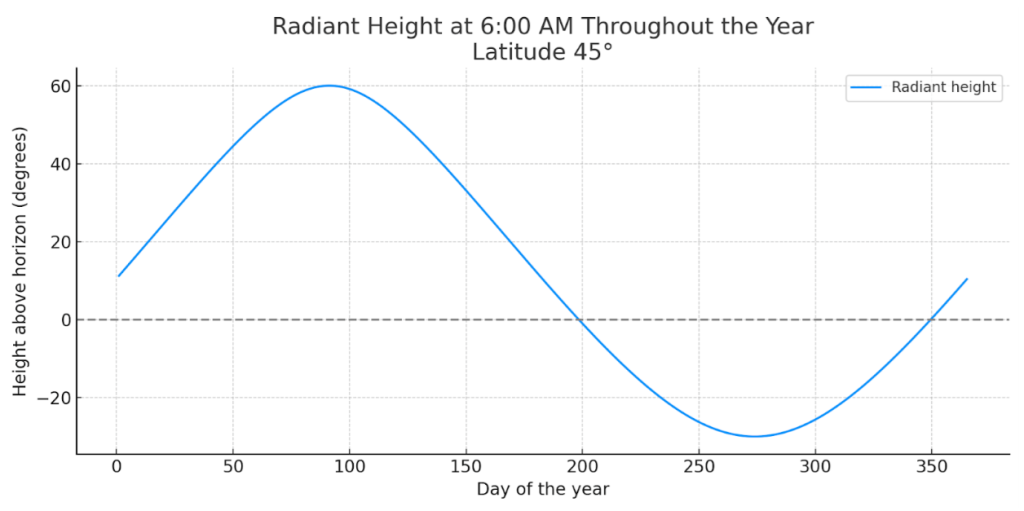
Fig. 6: Annual trend of the radiant’s altitude above the horizon.
The antennas used in the CARMELO network are characterized by moderate directivity and, being fixed, have maximum gain concentrated in a specific portion of the sky. Specifically, the area where the antenna is most sensitive to radio signals reflected by meteors generally corresponds to declinations between +30° and +40° above the horizon.
As a result, the network’s antennas are less sensitive to meteors occurring at very high altitudes in the sky. Consequently, when the apex of Earth’s motion culminates at high declinations (see fig.7), as it does in spring around 6 a.m., meteors arriving from that direction are detected less effectively, leading to a decrease in recorded events precisely when, geometrically, the highest activity would be expected.
This effect is more evident in spring for two main reasons:
- The apex reaches higher declinations.
- Meteor activity is dominated by sporadic meteors, which makes the sinusoidal pattern more “clean” and distinguishable.
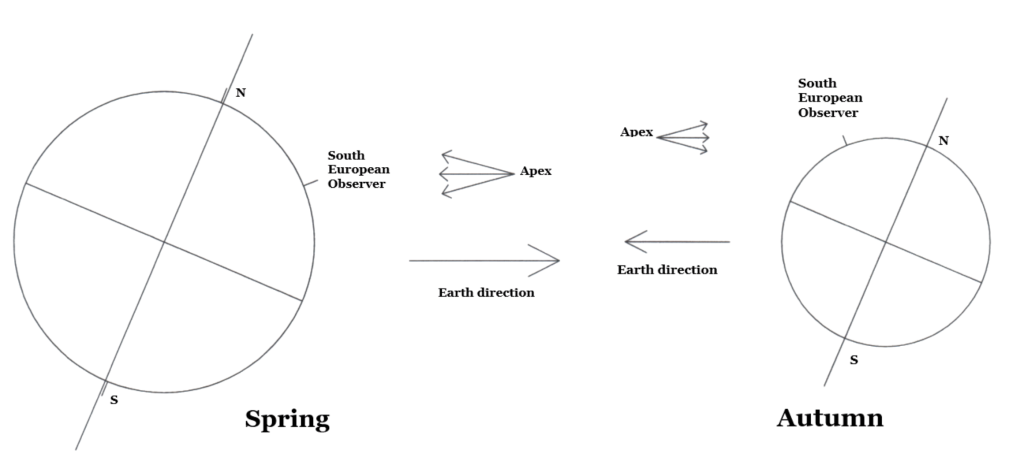
Fig. 7: Position of the apex of Earth’s motion in spring and autumn.
The CARMELO network
The network currently consists of 14 receivers, 13 of which are operational, located in Italy, the UK, Croatia and the USA. The European receivers are tuned to the Graves radar station frequency in France, which is 143.050 MHz. Participating in the network are:
- Lorenzo Barbieri, Budrio (BO) ITA
- Associazione Astrofili Bolognesi, Bologna ITA
- Associazione Astrofili Bolognesi, Medelana (BO) ITA
- Paolo Fontana, Castenaso (BO) ITA
- Paolo Fontana, Belluno (BL) ITA
- Associazione Astrofili Pisani, Orciatico (PI) ITA
- Gruppo Astrofili Persicetani, San Giovanni in Persiceto (BO) ITA
- Roberto Nesci, Foligno (PG) ITA
- MarSEC, Marana di Crespadoro (VI) ITA
- Gruppo Astrofili Vicentini, Arcugnano (VI) ITA
- Associazione Ravennate Astrofili Theyta, Ravenna (RA) ITA
- Akademsko Astronomsko Društvo, Rijeka CRO
- Mike German a Hayfield, Derbyshire UK
- Mike Otte, Pearl City, Illinois USA
The authors’ hope is that the network can expand both quantitatively and geographically, thus allowing the production of better quality data.
References
(1) M.J. Martínez Usó et al. (2023): The Lyrids meteor shower: A historical perspective, Planetary and Space Science, Vol. 238
(2) Porubcan, V. & Cevolani, G. (1985): Unusual Display of the Lyrid Meteor Shower in 1982, Contributions of the Astronomical Observatory Skalnate Pleso, Vol.13, P.247
(3) Giovanni Schiapparelli (1987): Teoria astronomica delle stelle cadenti, Columbia University Press

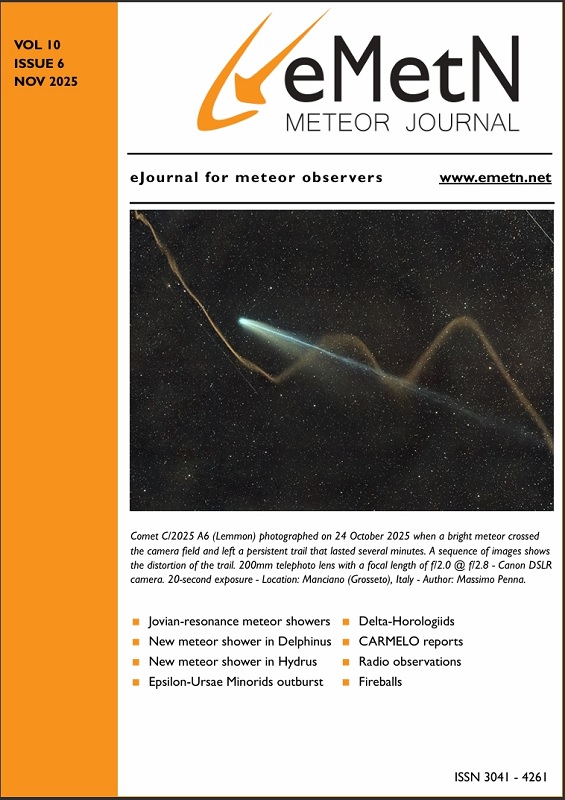


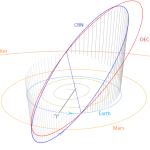
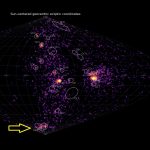
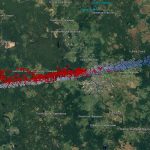
Ciao Mariasole, sono Alberto Latini,ci siamo conosciuti a Trieste,nel complimentarmi per l’ottimo articolo che spiega molto bene la relazione tra apex e 6 a.m. gap ti proporrei di correggere un evidente disguido dove al termine declinazione sarebbe da sostituire il termine altezza sull orizzonte
Un caro saluto
Alberto
Tel 339 7090688